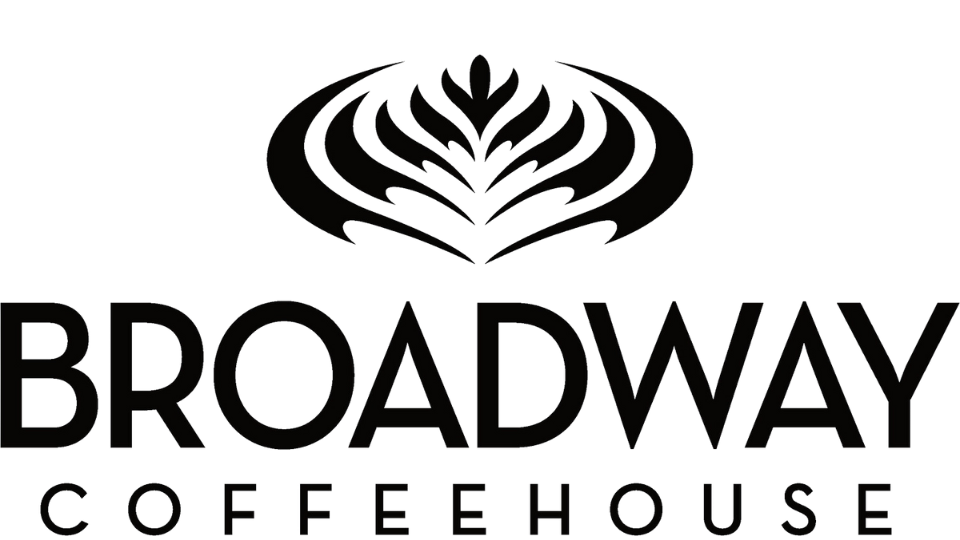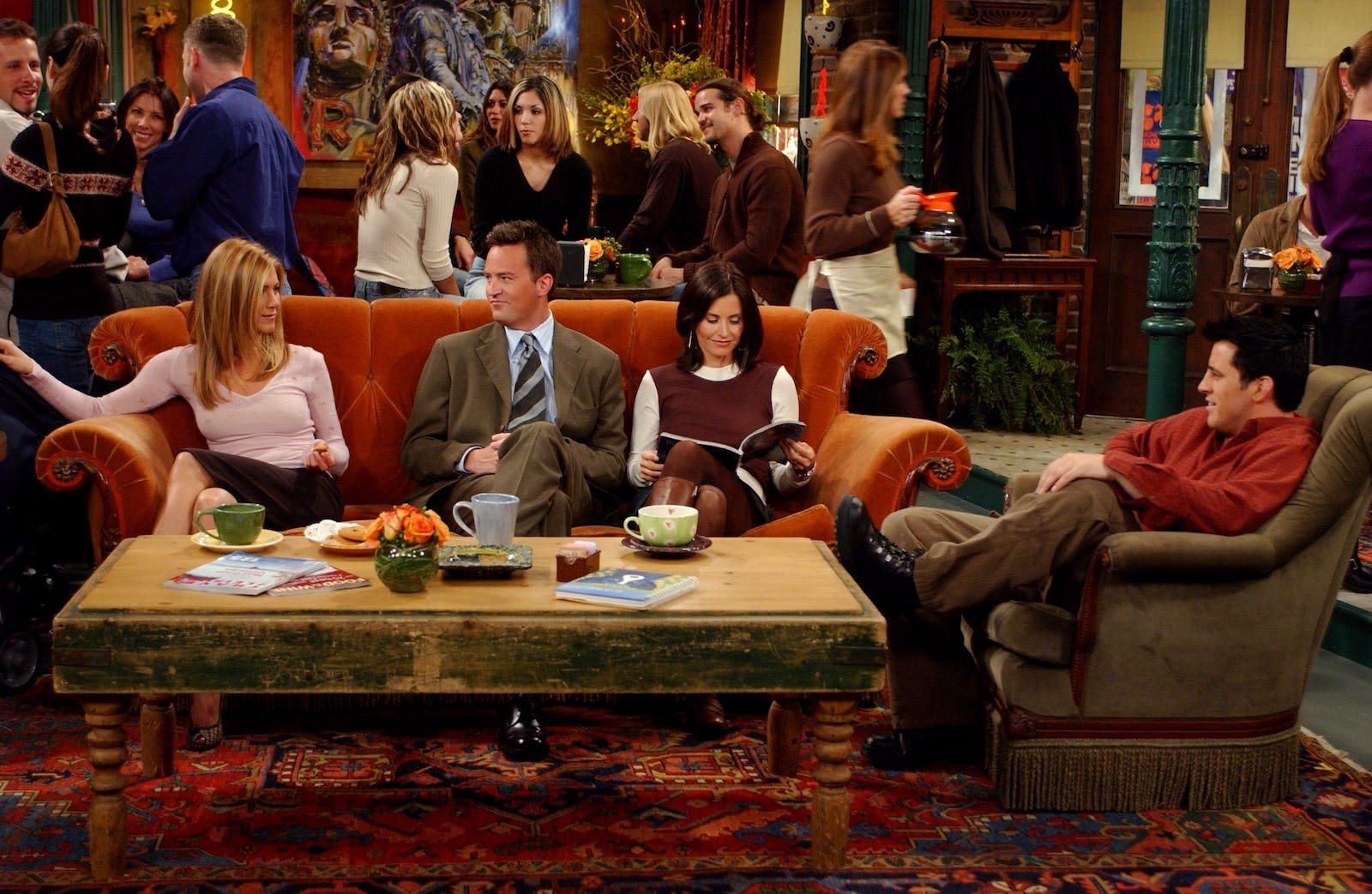Coffee 201
Three (+) Waves, Part 1
This article references content from The 5 Waves of Coffee by Brodie Vissers, Intelligentsia, Stumptown, and Peet’s: Why Craft Coffee Is Consolidating and How We Got To Third Wave Coffee by Eater.
OVERVIEW
They say coffee comes in waves, at least according to people who are pretty serious about their coffee (for better or worse). But what does somebody mean when they say a shop is “second wave” or “third wave”, and why does it matter? Let’s go over it.
A Word About Waves
What do we mean by Waves? Like all language, origins are a bit amorphous, but it’s generally agreed that the term “third wave coffee” is a riff off of “third wave feminism”, which rose to prominence in the PNW in the 1990s. The word “wave” is used to refer to something continuing a movement or a progression of thought, but with significant enough differences to be considered its own distinct “thing.” Third Wave Coffee is part of the overall story of coffee’s popularity in the United States, but it has notable differences from what came before; enough to be considered its own thing. In the end, sociological concepts often depend on made up categories that don’t perfectly match reality, so we’re not taking ourselves too seriously here.
It’s also worth noting that all conversations about “waves” when it comes to coffee are relatively recent and significantly North American, especially the US and Canada (and also the outlier, Australia). Coffee in the rest of the world generally doesn’t follow this progression, and have their own trajectories and cultures around coffee. Worth keeping in mind. So, without further ado…
First Wave – “The Best Part of Waking Up…”
First Wave coffee can be characterized as “Coffee for sale at your local store”, and began around the turn of the century – the 1890s onward into the 1920s. This was the first big explosion of coffee’s popularity (interestingly, precipitated in no small part by the Boston Tea Party, forever creating coffee as a more patriotic beverage than tea). Importers and big coffee names like Folgers, Maxwell House, and Nestlé meant that you could go to your local grocery store and buy a can of coffee to brew and drink at home. The First Wave of coffee saw such companies become household names, as coffee could be found in homes, offices, and diners across America. As you know, “The best part of waking up is Folgers in your cup.”
This was a consumer-driven movement, as in, people were brewing coffee at home. This was the era of bitter, somewhat-stale tasting coffee, and practices like vacuum sealing and freeze drying were common to extend shelf life. The country the beans came from would never cross your mind; it was all about the brand name. One development in this world was the advent of coffee creamers, which can be seen as something of a proto-Second Wave that came about in the 1950s and partially merged with Second Wave (Coffee Mate was released in 1961). The sweet, flavored coffee drinks created a new possibility for coffee drinkers, one that would continue to be developed well into the Second Wave.
Second Wave – European-American Fusion
The “Second Wave” of coffee, in many ways, began in direct response to the perceived and actual lack of quality of the First Wave. Like the names of First Wave coffee, the two big names should be familiar to you: Peets and Starbucks. These two have a very intertwined history. Peets was founded in Berkeley, California by Dutch-American Alfred Peet in 1966. Peet is credited with starting the specialty coffee movement in the US and has been called “the godfather of gourmet coffee in the U.S.” and “the Dutchman who taught America how to drink coffee.” Accordingly, he’s also the man who taught the founders of Starbucks how to roast, leading them to open Starbucks in 1971.
Second Wave coffee moved away from the freeze-dried and bulk packaged practices of First Wave and began to develop a more artisanal method of sourcing, roasting, and blending. They focused on the country of origin, leading people to specifically request a coffee from Columbia or Brazil, for instance. These coffees were roasted to compliment the origin’s traits, but the roasts were dark, and got darker as time went on, leading Peet to disavow Starbuck’s roasting methods as they ventured into super-dark “Italian” and “French” roasts.
However, these efforts to tap into the perceived higher quality of European coffee is really what introduced European drinks to the American market. The prevalence of lattes, cappuccinos, espresso machines, even coffee shops – all of this is in large part thanks to the Second Wave of coffee. Coffee shops were birthed as their own subculture (think Central Perk of Friends fame) with their own lingo. This movement plumbed the depths of European coffee and reinvented it, leading to funny anachronisms like the “caramel macchiato” which draws on the aesthetic of Italian coffee, but with little connection to it.
In many ways now, Second Wave is characterized by the fusion of Peet’s brand of specialty coffee and its hallmarks with the consumer-driven Coffee Creamer sub-movement that found its birth in the First Wave of coffee. So we have dark-roasted Colombian coffee pulled on an espresso machine and mixed with steamed milk, but in a larger-than-European-size, called by an Italian name, and sweetened with caramel and vanilla. This isn’t to make fun of those drinks at all, but to point to the unique fusion that is Second Wave coffee and has become so familiar to us.
Third Wave – Craft Coffee
The Third Wave of coffee came to prominence in the 1990s and early 2000s, although its roots were laid decades before then. Third Wave coffee is often referred to as “specialty coffee” (more on that term next article). Since its inception, the Third Wave was centered around smaller, local coffee shops, but was pioneered by a group of shops called the Big Three – Intelligentsia in Chigaco, Illinois; Stumptown in Portland, Oregon; and Counter Culture in Durham, North Carolina. These shops prioritized ethical coffee sourcing (fair trade or direct trade), more meticulous and lighter roasts than Second Wave to preserve intrinsic flavors, traditional, less sweet, and smaller drinks, and an increased emphasis on barista skill and quality drink preparation.
Broadway was founded as a Third-Wave shop, and our first roasting partner was Stumptown, who lent us much of our initial business practices, drink recipes, vocabulary, and more. They mentored us as we entered into the coffee scene and became the first Third-Wave shop in the city (as far as I’m aware). Much of Third Wave I don’t need to even directly mention here, because it’s baked into the way we do things: our retail bean shelf lined with the names of countries, farmer, and co-ops; serving 6oz cappuccinos; dialing in and weighing our espresso; only partnering with roasters that engage in direct trade. All of these are things we learned and inherited from Stumptown and have stewarded over the years.
These are also the reasons why we don’t do certain things. The success of the Second Wave has meant that people come into a coffee shop expecting certain sizing conventions, vocabulary, flavors, roasts, and drinks. We’re often asked “why don’t you offer…?”: why not have 20oz cups, why not offer Irish Cream or Raspberry, why not have blenders, italian sodas, dark roast? The reason is: we’re not that kind of shop. There’s nothing wrong with Second Wave coffee, but we aren’t it. There’s a rationale behind every one of those things (which I’m happy to answer!) but it ultimately comes down to “we want to be good at what we do instead of trying to do everything.”
I will sometimes use the phrase “we’re more similar to Stumptown than Starbucks”, and that usually helps “click” the kind of model we’re doing (it also speaks to the breakthrough of Third Wave/specialty coffee). Whether a customer prefers that or not is their own prerogative, but part of being a Third Wave shop is knowing what we are and what we aren’t. There are great examples of Second Wave shops. Honestly, I have tons of respect for a lot of baristas at Starbucks and Peets. I’m friends with many of them, and they’re great baristas. Being good at what we each do provides quality variety.
What Comes After the Third Wave?
As you can imagine, things don’t stay static, and there have been developments in the coffee world since Stumptown first opened their doors in ‘99. That is what we will talk about in the next coffee 201.

